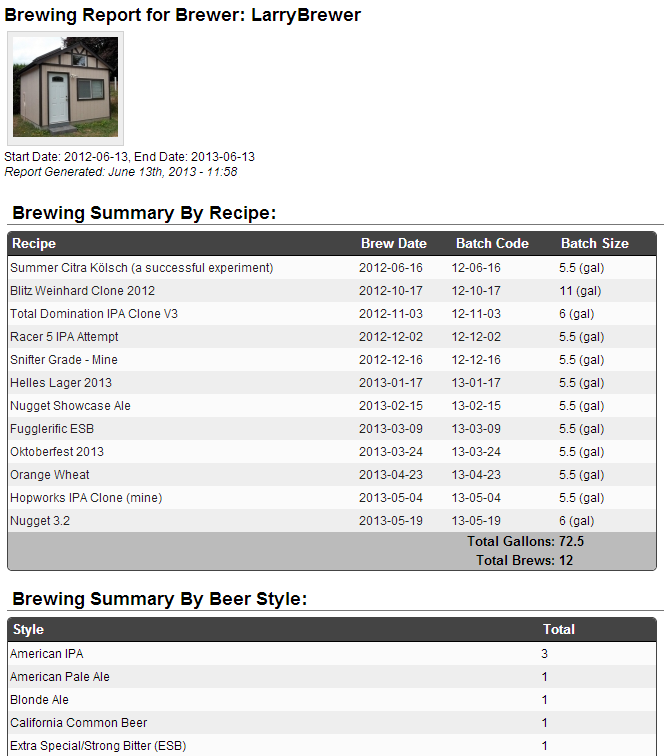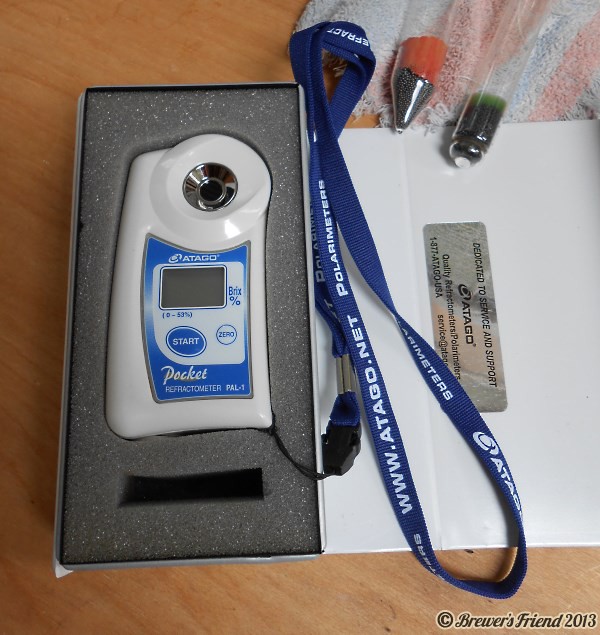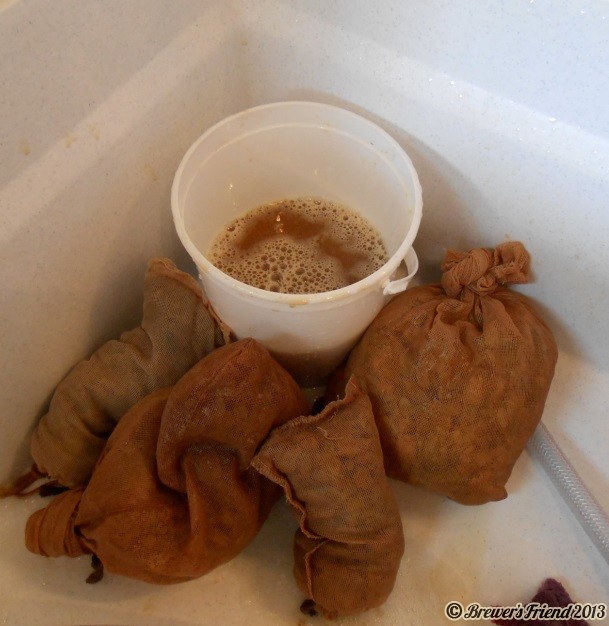Why Kegging Home Brewed Beer Just Feels Right
Friday, July 5th, 2013Cracking open that first bottle of your own home brew is a satisfying feeling and a great accomplishment. The rush of CO2 as the seal is broken, the anticipation, the smell, and ohh the taste, and mmmm another sip…
Along the same lines, your first pour of kegged beer will be equally satisfying. Kegging offers a fast and easy packaging process, consistent carbonation, less exposure to oxygen, and no residual priming sugar. Not to mention, having home brewed beer on tap at home just feels right!
At this point in my brewing progression, I’m focused on quality and saving time. Brewers can save money by sacrificing time and or quality (see Better Faster Cheaper Beer). The other night, with all my kegs full, and a batch of home brew ready to package, I was busy soaking ~40 bottles of various sizes. It felt tedious. I began to add up all the extra steps bottling involves. Then I realized kegging is a convenience factor and a quality factor in one.
When converting to kegging, most people make the mistake of starting with a simple one or two keg setup. My advice is to buy a keezer big enough to handle at least 5 kegs. Trust me, if you are this far into brewing, you’ll want the extra room to expand later. I added a collar to my keezer so I could fit 5 kegs. In retrospect, I should have gotten a larger freezer chest to begin with. Now that I have 5 kegs, I wish I had 7. I don’t think it ever ends really…
Yes kegging is expensive to get started. One way to save money is to have just one picnic tap and switch it between the kegs for dispensing. The added benefit is the line doesn’t get goaty as fast because it is being cleared regularly. I also use one regulator. That means all my kegs are at the same pressure and volumes of CO2. That is not a big deal to me.
A breakdown of kegging vs. bottling:
BOTTLING:
- Plan how many bottles you need of each size using our bottling calculator.
- Make a priming sugar solution, calculate how much sugar you need using our priming sugar calculator.
- Cool down the priming solution.
- Add some fresh yeast if it is a lager.
- Meanwhile, sanitize the bottles.
- Rack beer to bottling bucket, add priming sugar, lift bottling bucket up to table.
- Begin bottling and capping. Stir gently at a regular interval to avoid variation between bottles and ensure consistent carbonation.
- Label 50 bottles (the fastest method I found is to write a short code on top of each cap with a sharpie – ie IPA, ESB, P for porter, PA for pale ale, etc).
- Wait 4-6 weeks for bottle conditioning (stress about bottle conditioning in the interim).
- When pouring make sure to decant off the small amount of sediment in the bottom.
- Clean out said bottles after using, dry, and put away for later use.
Organizing bottles is a challenge:

KEGGING:
- Sanitize 1 keg and parts.
- Rack into keg.
- While racking is happening, assemble keg parts.
- Label 1 keg.
- Hook up to gas line, carbonated in 14 days. Our keg carbonation calculator can help.
- Drink and enjoy.




Other Thoughts:
- The big downside of kegging is the initial cost. At approximately $50 per used corny keg, a 5lb CO2 tank, keezer, temperature controller, hoses, the gas manifold – it adds up quick.
- Keg lines do need to be cleaned regularly. I have a 4ft long wire brush to assist with that.
- If I want to take my beer somewhere I fill a growler.
- When you open a 22oz, you are stuck with it. Can’t just have a sip like you can with beer on tap.
- A basement bar/brewery man cave looks awesome with tap handles on display.
- I have noticed my kegged beer tastes fresher, has consistent carbonation, and is preferred by my guests.





































